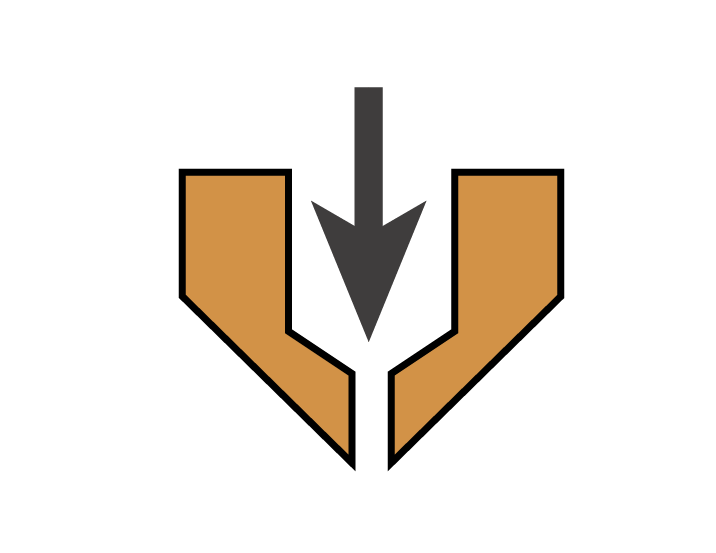
There’s never been more varied types of plastic filament available for use by 3D printer operators, but could there be a problem?
In recent months we’ve seen a veritable explosion of specialty filaments. Aside from variations in plastic, including ABS, PLA, HIPS, PC, ULTEM, Nylon and others, there’s also been examples of infused filament, such as copper, bronze, stainless steel and tungsten; ceramic and wood filaments; carbon fiber; magnetic iron; electrically conductive filament and more.
Certainly some of the plastics may emit noxious and potentially toxic fumes, so there’s that. But there may also be dangers to your equipment.
While plastic may flow easily through your nozzle, things get tricky when other materials are added into the filament. Consider some of the “metal” filaments. They’re actually a mix of plastic and a very fine metal powder. The mix varies by filament manufacturer, but as you extrude these filaments, a mix of plastic and metal passes through your nozzle.
Here’s the problem: many nozzles are made of brass, which just happens to be less strong than some of the metal powder materials. Most of the time these metals pass through the nozzle without incident, but some touch the sides of the nozzle on the way. Gradually, they’ll abrade the nozzle.
Your brass nozzle’s precisely sized opening will eventually be reshaped into a larger hole that permits more material to be extruded than intended. In other words, your carefully set extrusion parameters will no longer work as well and your prints will become less accurate. Oops!
Depending on the type and ratio of metal in the material, the erosion will occur faster or slower, but generally, the more metal filament you print, the faster you’ll lose your nozzle.
The upshot of this is two-fold. First, you may have to consider your nozzle to be a consumable item, rather than a permanent part of your 3D printer. It would have to be replaced periodically as it wears away, and you’ll be shopping for replacement nozzles.
Secondly, you might consider using a nozzle made of stronger stuff, like stainless steel. In fact, some hot-end manufacturers now include stainless steel nozzles specifically for this reason.
Expect steel nozzles to become a standard feature in future machines.

